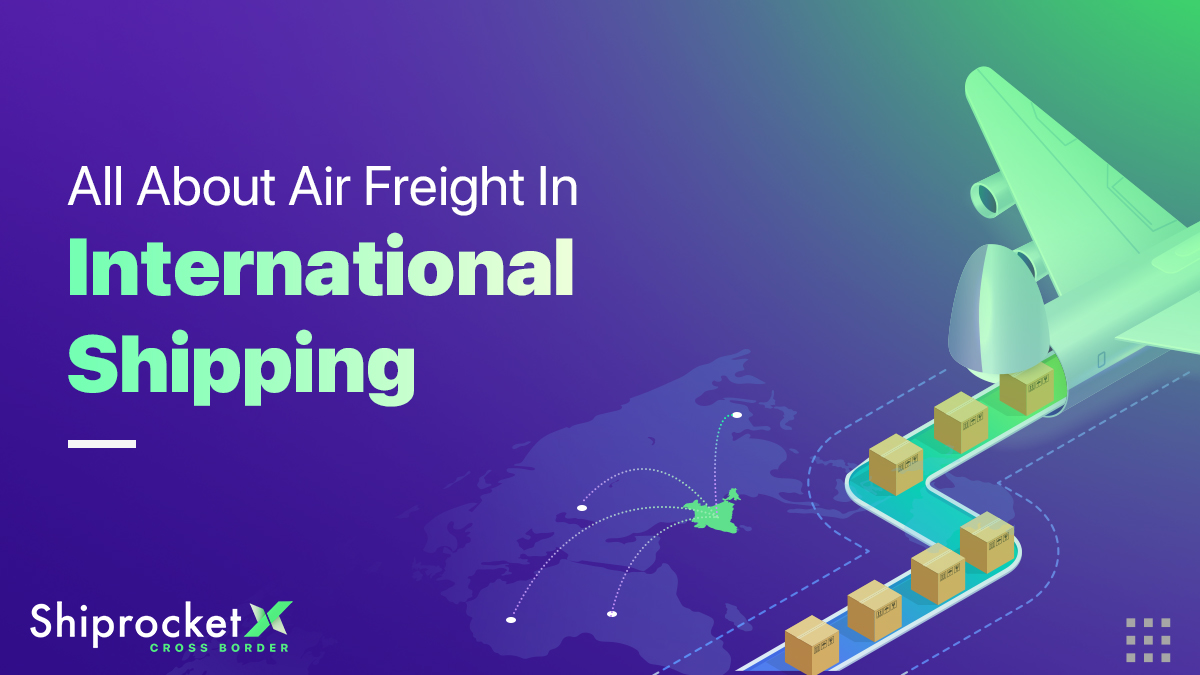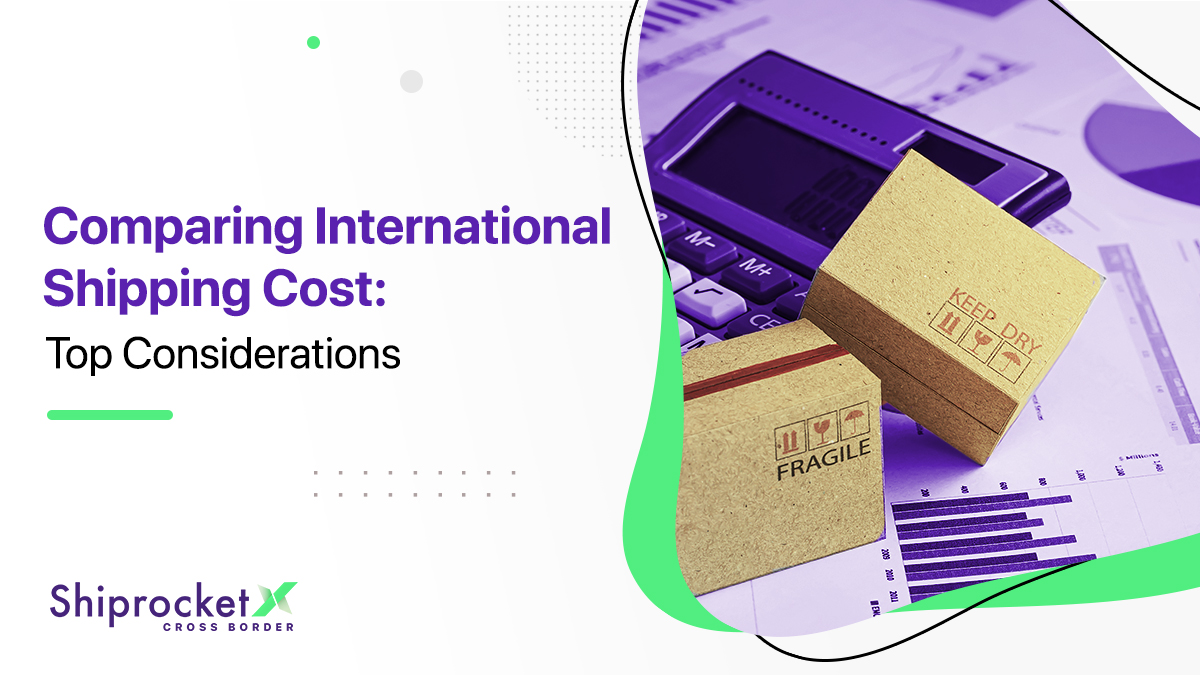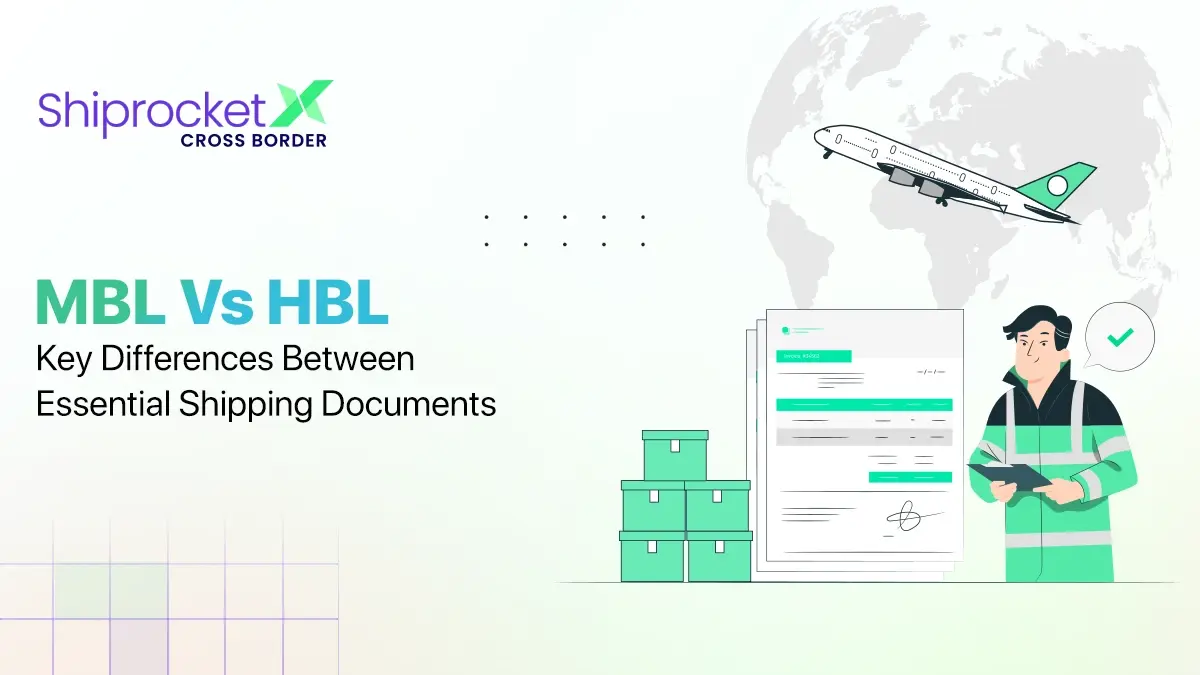- The Basics of Economies of Scale
- Diverse Types of Economies of Scale
- Examples of Economies of Scale
- Causes and Contributors to Economies of Scale
- The Importance of Economies of Scale in Business Strategy
- Benefits of Economies of Scale
- Strategies for Overcoming Limits in Economies of Scale
- Understanding Diseconomies of Scale
- Conditions Under Which Diseconomies of Scale Arise
- Comparing Economies and Diseconomies of Scale
- Transform Your Business with Shiprocket: Streamlined Shipping Solutions for Global Growth
- Conclusion
As a business owner, making decisions that improve efficiency and profitability is crucial. Economies of scale occur when your large customer base leads to lower costs per unit. Understanding this concept is crucial because it can help you significantly reduce your production expenses and give you an edge over competitors. Knowing how economies of scale apply to your business can guide strategic decisions, such as expanding facilities, investing in technology, or negotiating better terms with suppliers.

The Basics of Economies of Scale
Economies of scale is the cost advantages gained when production becomes efficient. You achieve this by increasing manufacturing and lowering costs. This works because costs are spread over a larger number of goods, which can be fixed or variable.
The size of your business determines whether you can achieve economies of scale faster. Larger companies often easily enjoy more cost savings and higher production levels. Economies of scale can be internal or external. The former comes from factors within your company, such as management decisions, while the latter affects the entire industry. Internal functions like accounting, technology employed, and marketing contribute to operational efficiency, helping you reduce costs.
There are several reasons why economies of scale lead to lower per-unit costs. Specialising your workforce and using more integrated technology can boost production volumes. Ordering products in bulk from suppliers, making larger advertising purchases, and lowering capital costs can reduce per-unit costs. Spreading the costs of internal functions across more units produced and sold helps lower overall costs. Understanding and applying economies of scale can make your business more efficient by reducing costs and gaining a competitive edge in the market.
Diverse Types of Economies of Scale
There are two main types of economies of scale: internal and external.
Internal Economies of Scale
Internal economies of scale originate within your company. They occur when changes happen in your company functions or the production of goods. Here is how internal economies of scale can be achieved:
- Technical: Using large-scale machines or advanced production processes boosts productivity. Automation and specialised equipment can help produce goods faster and more efficiently.
- Purchasing: You can get discounts by buying in bulk. Suppliers often offer lower prices per unit when purchasing large quantities of materials.
- Managerial: Hiring specialists can improve different stages of the production process. Experienced managers and experts can optimise processes, reduce waste, and improve efficiency.
- Risk-Bearing: Your company can handle financial downturns better by having diverse investors.
- Financial: Higher creditworthiness of big businesses provides them access to more capital and better interest rates. Large companies often get better financing terms like lower interest rates from lenders, reducing the cost of borrowing.
- Marketing: Use more advertising power across a larger market and have a better negotiating position. A strong brand and widespread marketing efforts can increase your market presence and sales.
External Economies of Scale
External economies of scale depend on variables that impact not only your business but the industry as a whole. Here are a few essential elements:
- Skilled Labour Pool: Finding and hiring qualified workers is more possible when an industry is concentrated in a particular area since it draws a pool of skilled workers.
- Subsidies and Tax Reductions: To reduce costs for all businesses in a particular industry, governments may provide financial assistance or tax incentives to those sectors. This will help cut expenses.
- Associations and Partnerships: These are collaborations that allow businesses to work together and share expenses. They can also invest in research and development and manufacturing.
Unlike internal economies of scale, you do not have control over these factors.
Examples of Economies of Scale
Stores like Costco and Walmart are good examples of economies of scale. They achieve this by purchasing large quantities of goods, which allows them to get lower prices per unit. They then pass these savings on to the production process.
Another example is Amazon’s advanced distribution network in India, which leverages economies of scale by combining bulk purchasing with optimised shipping routes. By buying large quantities, Amazon negotiates better prices with suppliers, which allows them to get resources at lower rates. This helps them reduce costs and pass on the savings to their customers.
Causes and Contributors to Economies of Scale
Economies of scale occur when increasing production volume decreases the average cost per production unit. This reduction primarily stems from two sources:
- Internal Economies of Scale: By optimising resource utilisation within the company, such as better use of equipment and personnel, businesses can lower their production costs as they scale up.
- External Economies of Scale: Growing larger relative to competitors allows businesses to negotiate better deals, such as discounts on bulk purchases, further reducing costs.
- Cost Structure Impact: The impact of economies of scale varies based on a company’s cost structure:
- Fixed Costs: These remain constant regardless of production levels. Example-machinery and office rent. As production volume increases, spreading fixed costs over more units lowers the average price per unit. Industries with high fixed costs, like manufacturing or infrastructure development, benefit most from economies of scale. Lower per-unit costs not only improve profitability but also create barriers to entry for potential competitors.
- Variable Costs: These costs fluctuate with production volume. Example- raw materials and labour. Industries with higher proportions of variable costs may not benefit significantly from economies of scale.
The Importance of Economies of Scale in Business Strategy
Understanding economies of scale is crucial for your business strategy. These cost savings occur when you increase production. Businesses across industries seek this competitive edge. Investors also look for economies of scale when choosing where to invest.
Economies of scale help lower production costs, allowing you to offer competitive prices and potentially increase profits. Identifying and leveraging these efficiencies can give your business a significant advantage in the market. By scaling operations, you can optimise resources and improve your bottom line.
Benefits of Economies of Scale
Below are a few benefits of economies of scale for your business:
- Economies of scale help reduce your production costs, allowing you to lower prices for consumers and stay competitive.
- Increased production volume decreases unit costs, giving you an advantage over new entrants with higher initial costs.
- Lower production costs improve your profitability, allowing for reinvestment in growth and higher returns on invested capital.
- Economies of scale create barriers to the entry of new competitors by enabling you to offer products at lower prices without sacrificing profitability.
- Larger order volumes can lead to better negotiation terms with suppliers, such as discounts and extended payment terms. This reduces inventory costs and improve cash flow management.
Strategies for Overcoming Limits in Economies of Scale
Let us learn about a few strategies for overcoming limits in economies of scale.
- Adopting New Technology and Management Techniques
Businesses can realise cost reductions and enhanced efficiency by adopting cutting-edge technology like automation, artificial intelligence (AI), and sophisticated analytics. By facilitating improved productivity, efficient resource allocation, and streamlined procedures, these technologies lessen the drawbacks of size-related economies.
Companies may swiftly adjust to shifting client expectations and market dynamics by putting agile management strategies like lean practices and continuous improvement frameworks into place. These encourage adaptability and responsiveness, all essential for staying competitive in changing marketplaces.
- Outsourcing Functional Services
Through outsourcing, companies can obtain certain services at a cheaper cost than if they carried out those tasks themselves. Businesses can leverage the experience of specialised service providers who have cutting-edge technology, infrastructure, and skilled workforce. Improved efficiency that might not be possible to develop internally because of budgetary constraints can be attained through outsourcing.
Outsourcing non-essential operations like customer service and IT support allows firms to focus their resources and efforts on their core capabilities and strategic goals.
- Embracing Innovative Manufacturing Methods
Micro-manufacturing, hyper-local manufacturing, and 3D printing (additive manufacturing) can significantly lower setup and production costs. These innovative methods enable more efficient and cost-effective production, regardless of the size of the operation.
- Leveraging Global Trade and Logistics
Global trade and logistics advancements have given businesses the ability to access international markets, run more profitably, effectively manage risks, and implement sustainable practices. When taken as a whole, these developments help companies of all kinds cut expenses, become more competitive, and promote economic growth in a more worldwide economy.
- Declining Costs of Machinery and Equipment
Over the last 30 years, capital goods and machinery prices have been falling worldwide. According to the International Monetary Fund, this trend has been observed in emerging, developed, and industrial countries, making it more affordable for businesses to invest in necessary equipment.
Understanding Diseconomies of Scale
Diseconomies occur when your business becomes less efficient as it grows. This often happens due to poor management or hiring too many employees. Sometimes, external factors like a failing transportation network can also cause diseconomies of scale.
In a restaurant, having too many cooks in a small kitchen can lead to inefficiencies, as they may interfere with each other. This is an example of diseconomies of scale, where increasing production volume beyond a certain point leads to higher costs due to overcrowding and mismanagement.
Conditions Under Which Diseconomies of Scale Arise
Here are the several factors that contribute to diseconomies of scale:
- Coordination and Communication Issues
Expanding your company can make coordination and communication among different departments challenging. This often leads to delays, inefficiencies, and errors, driving up your average costs.
- Bureaucracy and Organisational Complexity
Larger companies tend to have more complicated structures. Excessive layers of management can slow down decision-making, increase administrative expenses, and reduce your company’s agility.
- Loss of Focus
Growth can lead to diversification into various products or markets. While this can be advantageous, it can also scatter your resources and attention, making performing well in any area hard.
- Resource Allocation Inefficiencies
As your business grows, allocating resources effectively becomes more difficult. You may invest in areas with diminishing returns, wasting valuable resources.
- Workforce Challenges
Maintaining a motivated workforce in a large organisation can be challenging. Employee morale might suffer due to decreased job satisfaction, lower visibility of individual contributions, and increased bureaucracy.
- Transportation and Distribution Costs
Operating in multiple locations can lead to higher transportation and distribution costs due to moving goods over longer distances.
- Innovation Difficulties
Large firms often find it hard to innovate quickly. Their rigid structures, resistance to change, and cautious decision-making can hinder innovation.
- Quality Control Problems
Ensuring consistent quality becomes more difficult as your business grows. Implementing effective quality control measures can become more complex and expensive.
- Complex Supplier Relationships
Managing supplier relationships can become more complicated as your company expands. Negotiating favourable terms and managing the supply chain efficiently can be challenging.
- Increased Regulatory Compliance
As your business reaches a certain size, you may face stricter government regulations and compliance requirements, which can raise administrative costs.
Comparing Economies and Diseconomies of Scale
Here are a few differences between economies and diseconomies of scales.
| Aspect | Economies of Scale | Diseconomies of Scale |
|---|---|---|
| The Idea | Cost advantages from efficient production and spreading costs over more goods. | Increased costs per unit as production expands due to inefficiencies and complexity. |
| Benefits | Cost savings, higher profit margins, competitive pricing, improved efficiency. | Challenges in management include increased costs per unit, decreased profit margins, and reduced efficiency. |
| Examples | Large-scale manufacturing and software companies leverage economies and spread fixed costs. | Growing pains in management, higher unit costs from inefficiencies, and maintenance challenges. |
| Causes | Efficient production, specialised equipment, improved productivity. | Organisational complexity, fragmented decision-making, decreased morale, technological constraints. |
| Effects | Lower per-unit costs, greater competitiveness. | Higher per-unit costs, reduced profitability, and operational inefficiencies. |
Transform Your Business with Shiprocket: Streamlined Shipping Solutions for Global Growth
Boost your online business with Shiprocket’s trusted shipping solutions relied upon by over 250,000 merchants nationwide. With their cross-border shipping to 220+ countries, you can expand globally, offering precise B2B air deliveries without weight limits. Boost your sales with trust badges and automated marketing campaigns. These can increase conversions by 40% and speed up checkouts by 70%.
Manage your eCommerce operation on one platform, making intelligent decisions with AI analytics and customisable workflows. Enjoy dedicated support and seamlessly integrate with over 12 sales channels.
With Shiprocket’s extensive courier network covering 24,000+ pin codes, rest assured of prompt order fulfillment from anywhere. Seek their service today to simplify your shipping process and elevate your customer experience effortlessly.
Conclusion
Economies of scale enable you to optimise resources, streamline processes, and enhance productivity. By scaling up your operations through increasing production volumes or expanding your market reach, you can achieve significant cost savings. This strategic approach boosts profitability and strengthens your market position and sustainability in the long term.
By effectively leveraging economies of scale, you can drive sustainable growth and profitability, positioning your business for success in dynamic market environment.





